SUGGESTION
NOTE: This sample is intended to serve as a starting point or reference for your project. It's important to note that the community members do not provide coding services.
As per the existing post, a woof file can also be used in the same method. I conducted a quick test for your reference, as shown below.
Essentially, all you need to do is convert your woof file into the base64 format. You can do a Google search on several online tools for this, such as this sample resource or this.
Demo
- Say I want to use this woof file:

- On my Google Apps Script html (
Index.html) file's style tag, I have pasted the converted woof file to base64 @font-face declaration as seen below.
<!DOCTYPE html>
<html>
<head>
<base target="_top">
<style>
@font-face {
font-family: "BigParty4Blue";
/* Add other properties here, as needed. For example: */
/*
font-weight: 100 900;
font-style: normal italic;
*/
src: url(data:font/woff;base64,<THE_CONVERTED_BASE64_DATA>);
}
</style>
</head>
<body>
<h1 style="font-family: 'BigParty4Blue', normal italic; font-size: 67px;">Hello, woff test</h1>
</body>
</html>
- Deployed & tested the
html as a web app. You may also review the actual test here.

Reference

